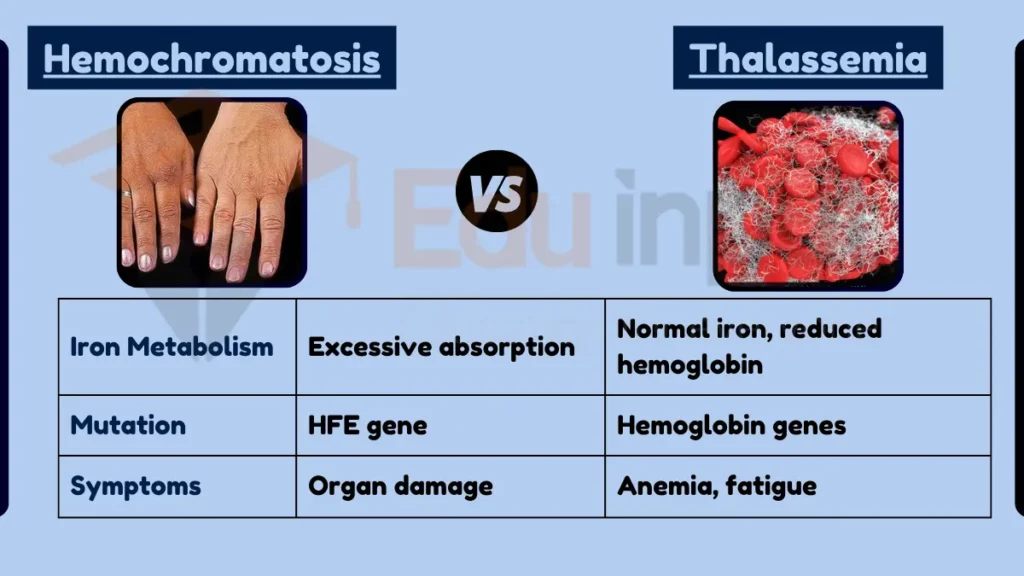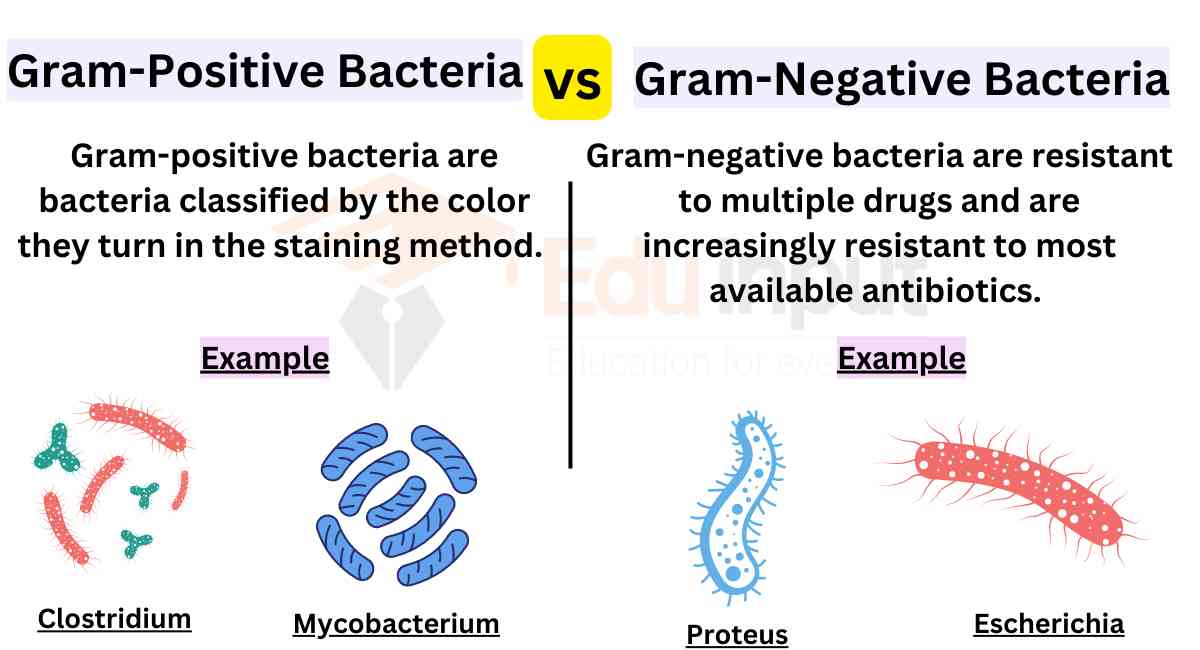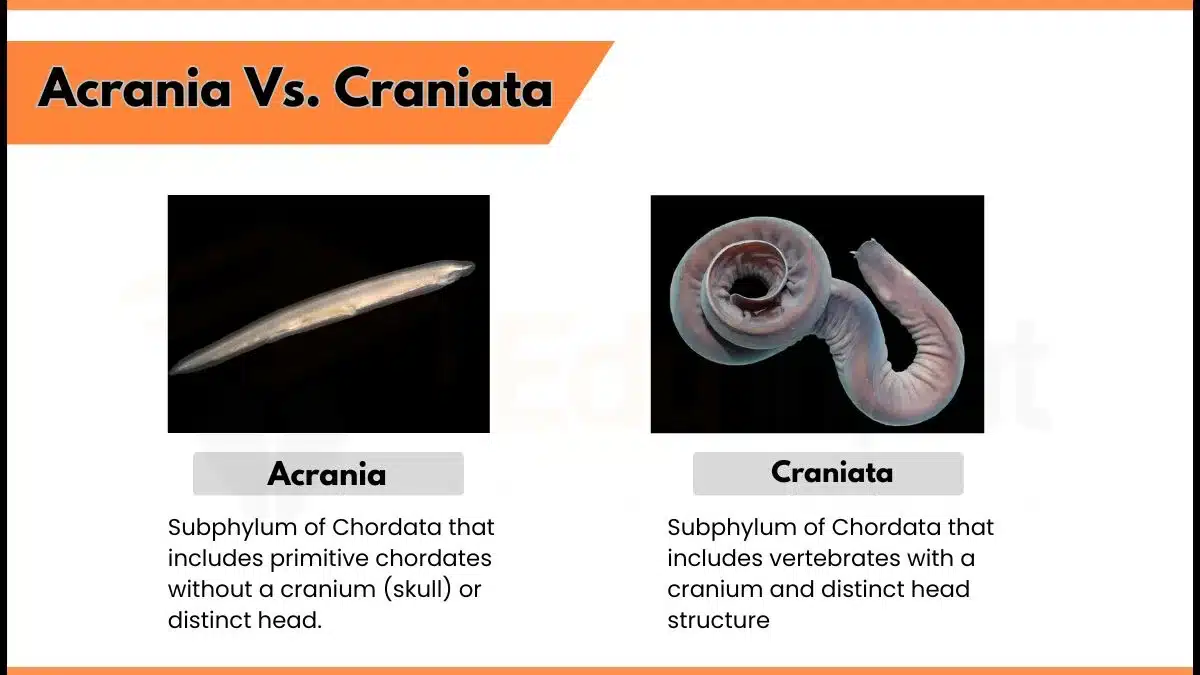Difference Between Hemochromatosis and Thalassemia
December 18, 2023
Table of Contents
Key Difference
Hemochromatosis and Thalassemia are both genetic blood disorders but differ significantly in their effects on the body. Hemochromatosis is characterized by excessive iron absorption, leading to iron overload in the body. Thalassemia involves a decrease in hemoglobin production, causing anemia.

Comparative Analysis
- Iron Metabolism:
- Hemochromatosis: Excessive iron absorption and storage.
- Thalassemia: Normal iron levels but reduced hemoglobin.
- Genetic Mutation:
- Hemochromatosis: Mutations mainly in the HFE gene.
- Thalassemia: Mutations in the genes related to hemoglobin production.
- Primary Symptoms:
- Hemochromatosis: Organ damage due to iron overload.
- Thalassemia: Anemia, fatigue, growth delays.
- Treatment:
- Hemochromatosis: Phlebotomy, managing iron intake.
- Thalassemia: Blood transfusions, managing anemia.
Table Summary of Hemochromatosis vs Thalassemia
| Feature | Hemochromatosis | Thalassemia |
|---|---|---|
| Iron Metabolism | Excessive absorption | Normal iron, reduced hemoglobin |
| Mutation | HFE gene | Hemoglobin genes |
| Symptoms | Organ damage | Anemia, fatigue |
| Treatment | Phlebotomy, diet | Transfusions, anemia management |
Understanding the differences in causes, symptoms, and treatments of hemochromatosis and thalassemia is essential for the proper diagnosis and management of these genetic blood disorders.
File Under:







Leave a Reply